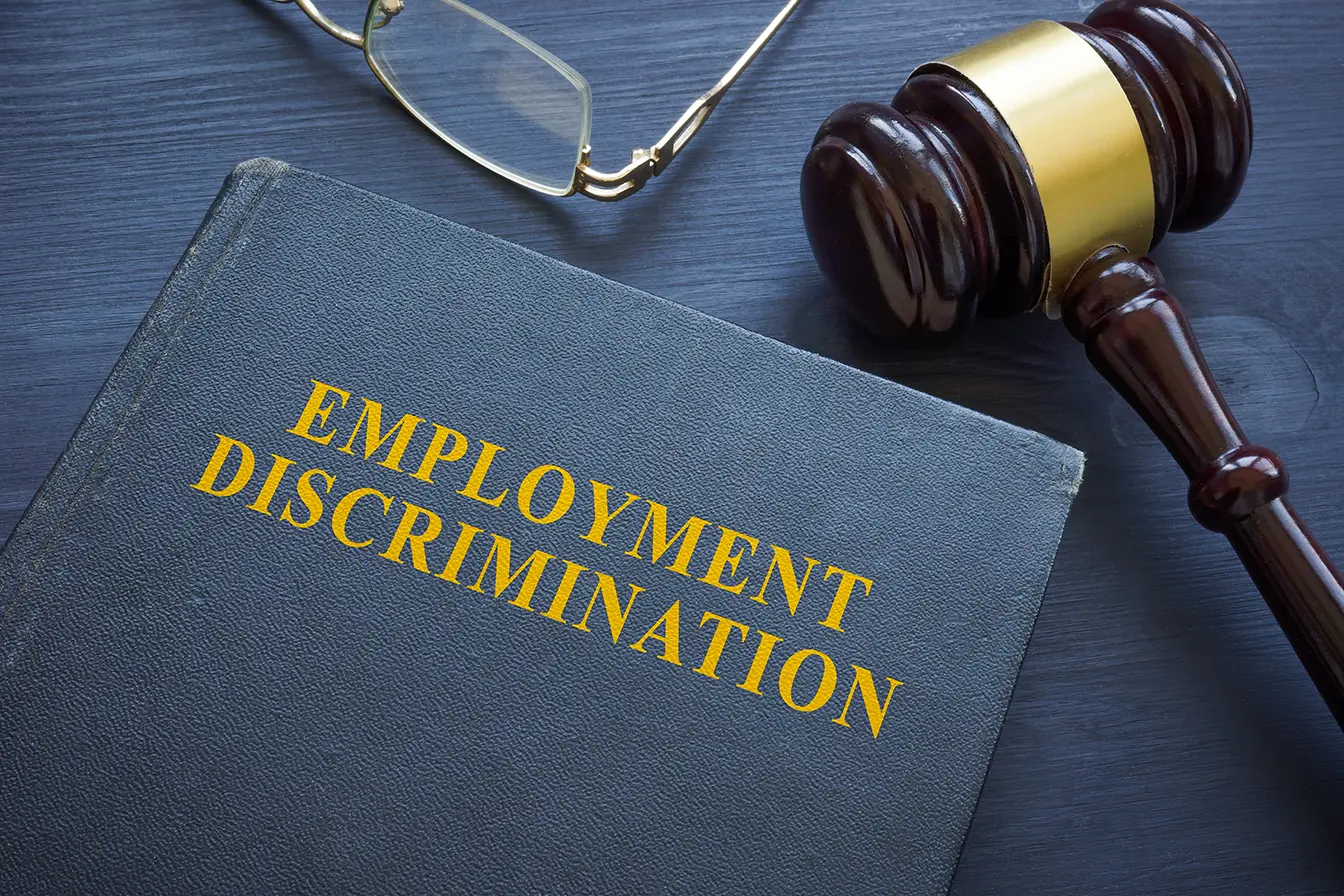Federal and state employment discrimination laws require companies to make employment decisions based on business reasons, and not because of an individual’s race, national origin, age, sex, or other protected category. As a further effort to level the playing field for groups that have been historically subject to discrimination, some organizations have implemented initiatives that fall under the heading of Diversity, Equity, and Inclusion (“DEI”).
These initiatives have been subject to pushback recently, out of a concern they go too far by favoring certain groups of employees, while excluding others on the basis of race, sex and other categories protected by law.
In part, this pushback has taken the form of increased focus on so-called “reverse discrimination” claims (discrimination claims by employees from groups that were historically in the “majority”). All employees have always been able to assert employment discrimination claims; however, federal courts have been divided over whether claims from this supposed “majority” should be analyzed using a higher standard.
In early June 2025, that question was resolved by the United States Supreme Court. In Ames v. Ohio Dept. of Youth Services, the Court unanimously decided that all workplace discrimination claims—without regard to whether the individual asserting the claim was in a “majority group”—are to be treated equally under federal employment discrimination law.
This is important because court decisions covering almost half of the states had previously held these reverse discrimination claims to a higher standard, which made it harder for someone from a “majority” group to establish an employment discrimination claim.
With the new Supreme Court decision, any employee claiming that they were subjected to discrimination at work, whether the claimant is white or black, male or female, etc., now needs to satisfy the same legal standard.
What Employers Can Do to Protect Themselves
Increased media attention to these issues and ongoing challenges to DEI efforts, combined with this new standard for employees who are members of historically “majority” groups, may mean that more employees are emboldened to come forward with more types of discrimination allegations.
Employers can take proactive steps to mitigate the risks of claims, such as:
- Review policies and practices to ensure they are applied equally to all employees and do not inadvertently favor any one group;
- Conduct trainings to ensure managers and decision-makers are aware of their obligations to uphold company anti-discrimination policies and follow the company’s complaint procedure, so employee concerns can be escalated appropriately and addressed in a timely manner. Having an effective “early warning system” to escalate employee concerns can help a company proactively address concerns before they blow up into a crisis or litigation;
- Review hiring procedures and job postings for potential bias, as these are public-facing documents that could subject a company to unwanted scrutiny. Employees have brought cases citing diversity targets or quotas as proof of bias, so employers need to tread carefully here;
- Consult closely with counsel on discipline and firing decisions, both individually and examining trends across the company, to avoid claims of bias;
- Audit employee trainings and engagement programming to ensure compliance with anti-discrimination laws. If your company offers Employee Resource Groups or other smaller communities, consult with counsel on best practices in light of these new developments.
- Rethink how much employee information is voluntarily collected, tracked, and analyzed. Of course, some employers are required to collect and submit demographic and pay data to enforcement agencies, but practices that may have been more widely accepted in the past, such as collecting more granular data than required or using the data to audit a company’s employment practices, may come under more scrutiny.
This is not the end of the story. While the majority opinion authored by Justice Ketanji Brown Jackson did not specifically address DEI programs, Justice Thomas filed a concurring opinion that questioned the validity of these programs and left the door open to future litigation challenging them.
That said, there is no one-sized-fits-all approach here. These are hot-button issues and companies need to make informed decisions about what is appropriate for their business. In addition to the legal risks, companies should consider business need, public opinion, stakeholder desires, and their reputation when exploring how to navigate this changing environment. Regardless of approach, companies should work with a cross-functional team of experienced legal counsel and advisors to best protect the company in this changing landscape of discrimination claims.
For more information about these or other employment law topics, please contact the authors, Arsenio Rodriguez, Esq., and Devora L. Lindeman, Esq., or your personal Greenwald Doherty attorney contact.
